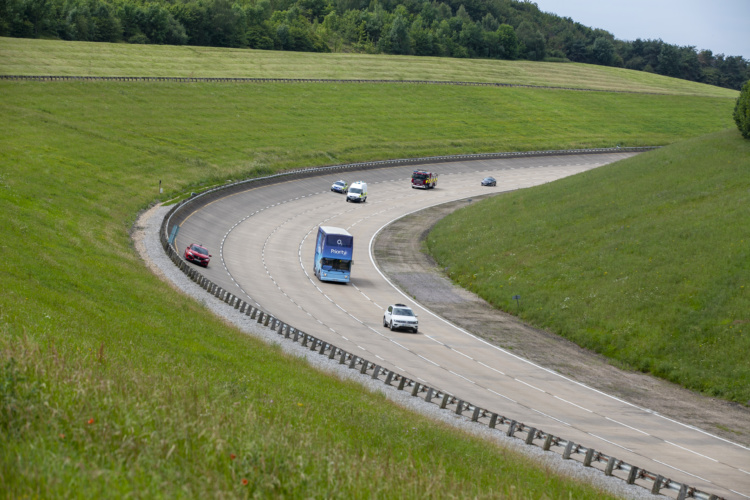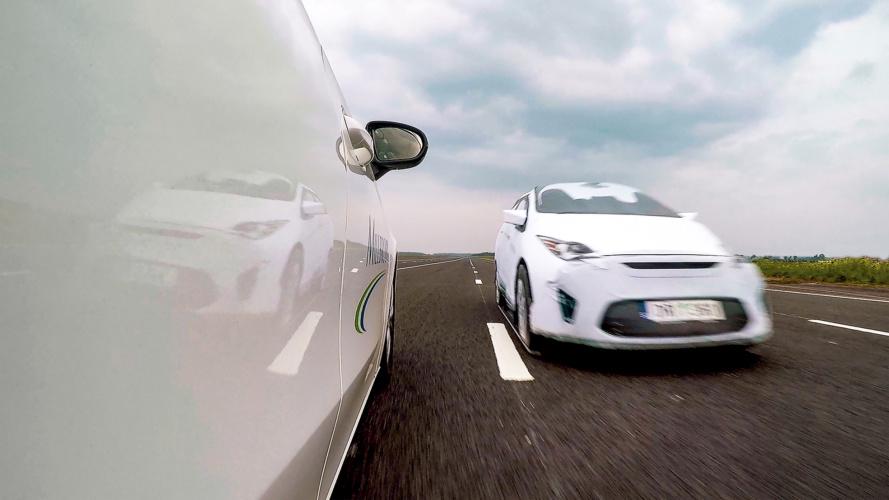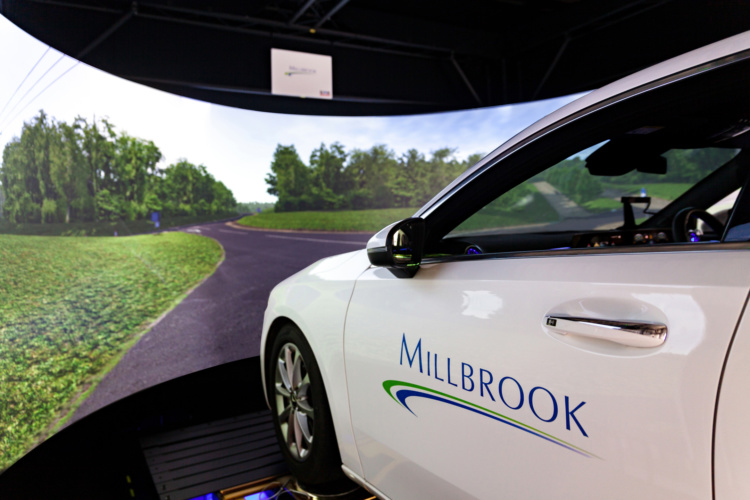The global migration from internal combustion engines towards alternative propulsion systems has been matched and complemented by the use of vehicles as mobile communications platforms. This, combined with the rapid evolution of vehicle autonomy, challenges traditional test protocols but offers exciting new avenues for engineers.

Vehicles today are increasingly connected, moving beyond infotainment systems towards fleet monitoring, live navigation and traffic updates. The capabilities of vehicles as a communications platform open up multiple new technologies for the future. Vehicle-to-infrastructure, vehicle-to-vehicle and vehicle-to-network communications will facilitate earlier warnings of incidents and road conditions, as well as live data streaming. This offers huge benefits when it comes to safety, vehicle management, prognostics and the remote changing of vehicle parameters to improve economy and battery life. There are two main technologies being used for this communication, one using 802.11p Wi-Fi, the other using cellular communication.
With increasing connectivity, however, comes increased risk of cyber-attack so providers must also be able to conduct physical, on-road tests to prove system robustness in a safe and controlled environment. Testing of this nature is growing in importance and is fundamental to vehicles with advanced connectivity and autonomy features.
In order to respond, UTAC CERAM Millbrook has established its first lab entirely dedicated to automotive cybersecurity. Its role is to carry out studies on new technologies, such as C-ITS, automated systems and smart grid.
Over the past three years, the UK Government has promoted and supported the development of Connected and Autonomous Vehicles (CAV)s through the Centre for Connected and Autonomous Vehicles (CCAV) and the Connected and Automated Mobility Testbed for the United Kingdom (CAM Testbed UK) under the guidance of Zenzic.
The CAM Testbed is designed to coordinate the efforts of UK testbeds into a coherent offering. This streamlines focus areas and offers a range of services to CAV providers using virtual, environments and on-road test facilities. UTAC CERAM Millbrook forms part of this eco system as the controlled urban environment with its partner RACE, a division of the UK Atomic Energy Authority at Culham in Oxfordshire.

The most recent work to get underway at Millbrook Proving Ground includes a significant upgrade to the 5G network, and a project on interoperable simulation. The 5G testbed upgrade seeks to build out the largest, most dense private 5G stand-alone network in Europe. It is an evolution of the successful DCMS-backed AutoAir 5G testbed for transport; a recent winner at The Engineer’s ‘Collaborate to Innovate’ awards 2020. This unlocks the full potential of 5G into this new sector, providing pervasive connectivity to vehicles, infrastructure and devices, connecting in completely new ways. It also spearheads Government strategies in supply chain diversity of the telecoms network, deploying OpenRAN technology on a controlled site.
INTERVIEW: The Engineer talks to Millbrook's testing chief John Proctor
Using the stand alone aspects of 5G brings the promise of ultra-low latency, network slicing and massive machine-type communications for all devices. It will also set the scene for advanced “V2X” trials and developments, as society becomes more developed in data exchange and sharing between the vehicles that run on the roads, and the very roads themselves. It heralds a shift in the way we use our devices.
With a Proof of Concept demonstration scheduled for March 2021, the interoperable simulation project paves the way for distributed simulation actors to come together in a way that is unique in the automotive industry. It has the potential to enable all of the CAM testbeds in the UK to link their unique virtual environments with vehicle, traffic and weather models. The IP of each element is protected and is kept separate from the simulation – only the inputs and outputs are shared across the network.

Vehicle autonomy is still an evolving capability. In many cases, new vehicles are required to include Advanced Driver Assistance Systems (ADAS) for safety. Testing of these systems requires automated robots using precision positioning and operating on a local network. In physical testing, only limited scenarios can be tested in ideal weather conditions. The answer to this is simulation. Millbrook’s virtual proving ground replicates its tracks to millimetre precision and offers driver-, vehicle- and sensor-in-the-loop testing.
The world of CAV testing is fast-paced and it is absolutely essential that the right testing and validation protocols are in place if we are ever to achieve safe, cyber-secure autonomous mobility in the future.
Millbrook merges with UTAC CERAM
From February 2021, Millbrook is merging with the French automotive testing group UTAC CERAM to create a market-leading group in vehicle testing, homologation and emerging technologies for autonomous, connected and electric vehicles. UTAC CERAM Millbrook’s TEQMO test centre for autonomous vehicles in France boasts several connectivity solutions. The group offers Euro NCAP protocols for autonomous emergency braking (AEB) and Lane Support Systems and its exclusive EMC chamber enables indoor simulation testing for ADAS.










Experts speculate over cause of Iberian power outages
The EU and UK will be moving towards using Grid Forming inverters with Energy Storage that has an inherent ability to act as a source of Infinite...